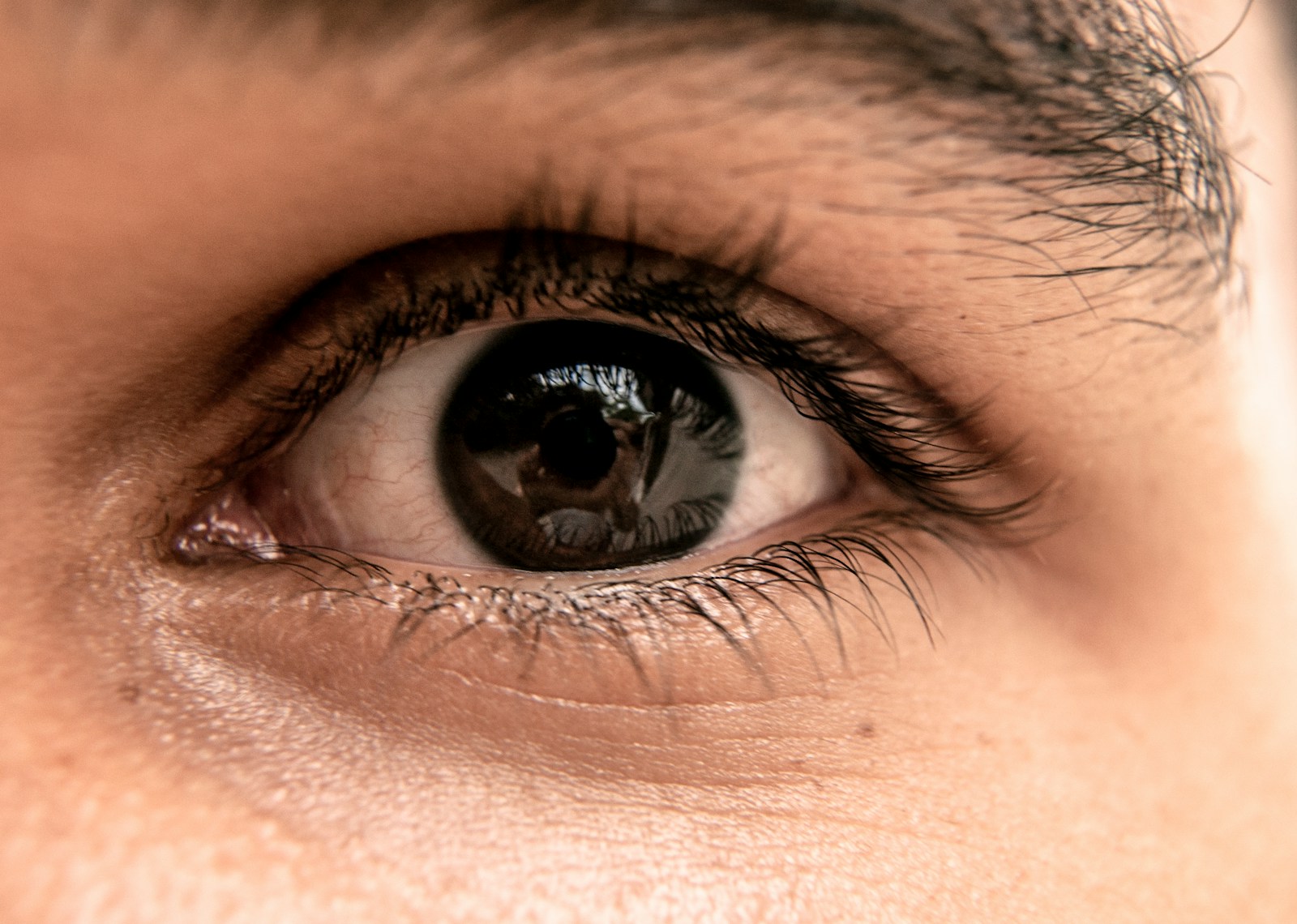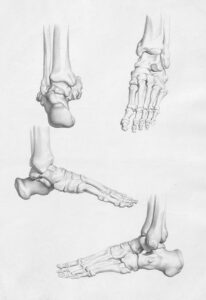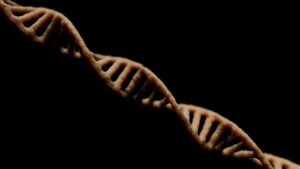Eyelids are a defining feature of human anatomy, serving as protective structures that play essential roles in maintaining eye health. While they may appear simple, eyelids perform a range of complex and crucial functions that support vision, eye hygiene, and protection. These thin layers of skin, muscle, and connective tissue are responsible for shielding the eyes from physical hazards, controlling the amount of light that enters, and even assisting in the distribution of tears to keep the eyes moist and clean.
Although often taken for granted, our eyelids are indispensable to our daily lives, facilitating clear vision, protecting against environmental threats, and preserving the delicate structures within the eye. Understanding the multiple functions of eyelids sheds light on how vital they are to eye health, from their role in blocking out harmful debris and light to their importance in distributing tears and aiding sleep. In this article, we will explore the anatomy of eyelids, their protective and functional roles, and their importance in maintaining the overall health of the eyes.
Anatomy of the Eyelids: Structure and Components
Layers of the Eyelid: Skin, Muscle, and Tarsal Plates
The eyelids are composed of several layers, each with specific functions that contribute to their overall purpose:
- Skin and Subcutaneous Tissue: The outermost layer of the eyelid is a thin layer of skin, one of the thinnest on the body, which allows flexibility and protects against minor environmental irritants. Beneath this layer lies subcutaneous tissue, which provides a small amount of cushioning and elasticity.
- Muscle Layer: The orbicularis oculi muscle is a circular muscle surrounding the eye, which contracts to close the eyelids. This muscle enables rapid and forceful blinking, an essential protective reflex that shields the eyes from sudden threats. The levator palpebrae superioris muscle lifts the upper eyelid, allowing us to open our eyes and maintain an unobstructed line of vision.
- Tarsal Plates: Located deeper within the eyelid are the tarsal plates, which are made of dense connective tissue that gives structure and rigidity to the eyelids. These plates provide support and maintain the shape of the eyelid, preventing it from folding inward or outward.
- Conjunctiva: The inner layer of the eyelid is lined with a thin, transparent mucous membrane called the conjunctiva, which helps lubricate the eye by producing mucus and contains blood vessels that supply nutrients to the surface of the eye. This layer also plays a role in immune defense, as it helps protect against infection.
Eyelid Glands: Meibomian and Zeis Glands
Eyelids contain two main types of glands that contribute to eye lubrication and protection:
- Meibomian Glands: These are specialized sebaceous glands located within the tarsal plates. They secrete an oily substance that forms part of the tear film, preventing tears from evaporating too quickly. This oily layer helps keep the eyes lubricated, reducing friction during blinking and preventing dryness.
- Zeis Glands: These smaller sebaceous glands are located near the base of the eyelashes. They secrete an oily substance that helps maintain the health of the eyelashes and contributes to the overall lubrication of the eye.
These glands play an essential role in eye health by producing secretions that protect the eyes from dryness, irritation, and infection. The secretions from these glands ensure that the eye remains hydrated and shielded from foreign particles.
Protective Roles of the Eyelids
Shielding the Eyes from Physical Hazards
One of the primary functions of the eyelids is to protect the eyes from physical hazards. Eyelids act as a barrier against environmental irritants such as dust, debris, and foreign objects that could damage the eye. When a sudden threat is detected, such as an approaching object or harsh wind, the orbicularis oculi muscle initiates a reflexive blink, allowing the eyelids to close instantly and shield the eyes from potential harm.
This blink reflex is a fast, involuntary response that occurs within milliseconds, minimizing the risk of injury to the sensitive structures of the eye. Without the ability to blink rapidly, the eye would be much more vulnerable to trauma, as the delicate cornea and other components of the eye are susceptible to scratches, cuts, and even infections.
Filtering Light and Reducing Glare
Eyelids play an essential role in regulating the amount of light that enters the eye. By partially closing the eyelids, we can reduce glare and limit exposure to excessive light, especially in bright environments. This ability to modulate light exposure helps prevent photophobia (light sensitivity) and reduces the strain on the eyes in bright conditions.
When exposed to intense light, the eyelids instinctively narrow, providing a natural shade that protects the retina from overstimulation and potential damage. This capability is particularly beneficial when transitioning from dark to bright environments or when exposed to reflective surfaces that create intense glare.
Blocking Out Harmful UV Rays
In addition to controlling light exposure, the eyelids also offer some protection against harmful ultraviolet (UV) rays. Although they are not as effective as sunglasses, closed eyelids can filter out a significant portion of UV radiation, which can cause damage to the cornea, lens, and retina over time. This function becomes especially important when sleeping outdoors or in bright environments, as it helps prevent photokeratitis (a type of sunburn on the cornea) and reduces the risk of long-term eye damage associated with prolonged UV exposure.
Keeping Out Infections and Irritants
The conjunctiva, which lines the inner surface of the eyelid, has immune properties that help defend the eyes against infections. It contains immune cells that detect and neutralize pathogens that may come into contact with the eye. Additionally, the glands in the eyelids secrete antimicrobial agents that help inhibit bacterial growth.
The eyelids play a role in preventing infections by trapping particles and pathogens in the tear film and expelling them during blinking. This mechanism helps protect against conditions such as conjunctivitis (pink eye) and keratitis (corneal inflammation), which can be caused by bacteria, viruses, and environmental irritants.
Functional Roles of the Eyelids
Blinking: Maintaining Eye Moisture and Lubrication
Blinking is a natural, automatic action that occurs every few seconds, typically between 12-15 times per minute. Each time we blink, the eyelids spread a thin layer of tears across the surface of the eye, ensuring that the cornea and conjunctiva remain hydrated. This tear film serves several purposes:
- Moisturizing the Eye: The tear film prevents the eye from drying out, as dry eyes can lead to discomfort, irritation, and even damage to the cornea over time. By redistributing moisture with each blink, the eyelids help keep the eyes comfortable and healthy.
- Clearing Debris: Blinking helps remove dust, debris, and small particles that may have settled on the eye’s surface. By sweeping tears across the eye, blinking removes potential irritants and prevents buildup that could compromise vision or lead to infections.
- Reducing Friction: The tear film also reduces friction between the eyelids and the eye’s surface, enabling smooth, painless blinking. Without adequate lubrication, the act of blinking could lead to irritation, scratching, or damage to the corneal surface.
The process of blinking plays an essential role in maintaining eye moisture, keeping the eye surface smooth, and preserving clear vision.
Tear Distribution and Drainage
Eyelids work in conjunction with the tear glands to produce, distribute, and drain tears efficiently. Tears are produced by the lacrimal glands, located above the outer corner of each eye. When we blink, the eyelids spread these tears evenly across the eye, creating a protective layer that nourishes the cornea and removes impurities.
After tears have served their purpose, they are drained through tiny openings called puncta located in the inner corners of the eyelids. This tear drainage system prevents excess moisture from accumulating in the eye and maintains a balanced environment. By managing the distribution and drainage of tears, the eyelids help sustain a stable tear film that supports clear vision and prevents dryness.
Facilitating Sleep and Rest for the Eyes
The eyelids play a critical role in initiating and sustaining sleep by blocking out light and visual stimuli, allowing the brain to rest. When we close our eyes to sleep, the eyelids create a dark, calm environment that signals to the brain to release melatonin, the hormone that promotes sleep. This effect is crucial for regulating the sleep-wake cycle, as exposure to light can disrupt melatonin production and affect sleep quality.
Closing the eyes also provides much-needed rest for the eye muscles and optical nerves, which are actively engaged during waking hours. By creating a shielded environment, the eyelids promote relaxation, reducing strain and enabling the eyes to recover overnight.
Importance of Eyelid Health and Common Eyelid Disorders
Eyelid Health and the Risks of Neglect
Healthy eyelids are essential for overall eye health, and maintaining proper eyelid hygiene can prevent several eye issues. Poor eyelid hygiene can lead to a buildup of bacteria, which may cause irritation and increase the risk of infections. Conditions like blepharitis (inflammation of the eyelids), meibomian gland dysfunction (a blockage of the oil glands), and styes (painful lumps on the eyelid) can result from neglected eyelid care.
To maintain eyelid health, it is essential to clean the eyelids gently with a warm,
damp cloth to remove debris and oil buildup, especially if one wears makeup or contact lenses. Regular eyelid hygiene helps prevent infections, reduces the risk of blocked glands, and supports healthy tear production.
Common Eyelid Disorders and Their Impact on Eye Health
Several common eyelid disorders can interfere with the functions of the eyelids and lead to eye health complications:
- Blepharitis: This condition involves inflammation of the eyelids, often due to bacterial buildup, clogged oil glands, or an overproduction of oil. Symptoms include redness, itching, and crusting around the eyelashes. If left untreated, blepharitis can cause chronic discomfort and lead to dry eyes and infections.
- Ptosis: Ptosis is a condition characterized by drooping of the upper eyelid, which can interfere with vision if the eyelid obstructs the pupil. Ptosis can result from aging, muscle weakness, or nerve damage, and it may require surgery to restore full vision.
- Entropion and Ectropion: Entropion occurs when the eyelid turns inward, causing the eyelashes to rub against the eye, leading to irritation. Ectropion, on the other hand, is when the eyelid turns outward, exposing the inner surface of the eye to the environment. Both conditions can cause discomfort and may increase the risk of infections.
- Chalazion and Stye: A chalazion is a blocked oil gland that forms a small lump on the eyelid. Unlike a stye, it is typically painless but can cause swelling and discomfort. A stye is a bacterial infection that causes a painful, red lump near the edge of the eyelid. Both conditions can be treated with warm compresses, but recurrent cases may require medical intervention.
- Dry Eye Syndrome: Blocked or dysfunctional meibomian glands can lead to dry eye syndrome, a condition where the eyes do not produce enough lubrication. This syndrome causes discomfort, blurred vision, and a feeling of dryness that can affect daily activities and overall eye health.
Maintaining eyelid health through proper hygiene and seeking treatment for any abnormalities can prevent complications and support the protective and functional roles of the eyelids.
Conclusion: The Essential Role of Eyelids in Protecting and Supporting Vision
Eyelids are much more than simple folds of skin; they are highly specialized structures with essential roles in protecting, lubricating, and maintaining eye health. By providing a barrier against physical hazards, regulating light exposure, facilitating tear distribution, and promoting rest, eyelids contribute to optimal visual function and safeguard the eyes from various threats. The protective and functional roles of eyelids are vital for preserving our vision and overall well-being.
Understanding the importance of eyelids encourages us to prioritize eyelid hygiene and seek prompt treatment for any issues. Maintaining healthy eyelids not only supports clear vision but also prevents discomfort and long-term complications. Through their multifaceted functions, eyelids are a testament to the intricate design of the human body, working tirelessly to protect one of our most valuable senses—sight.




